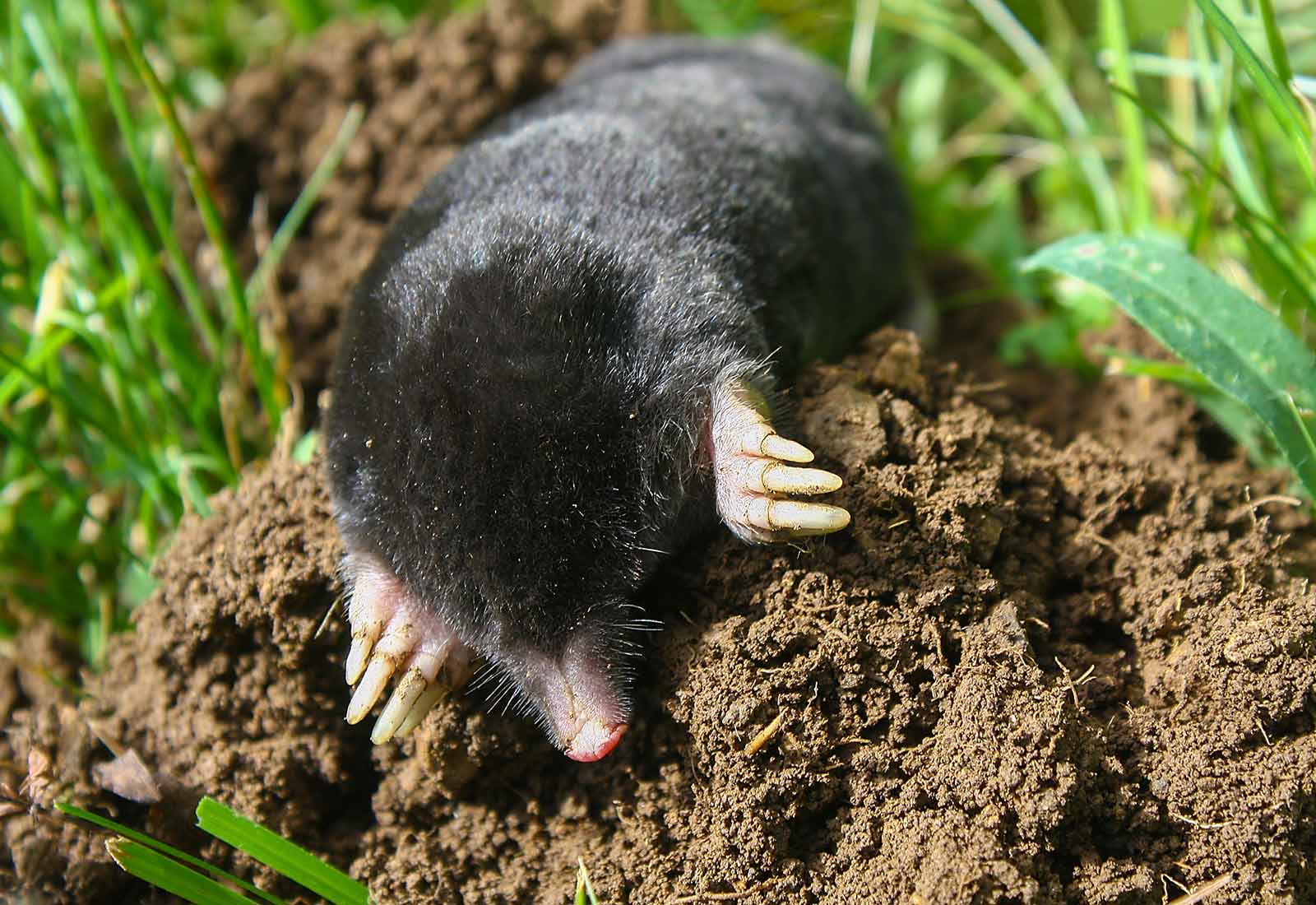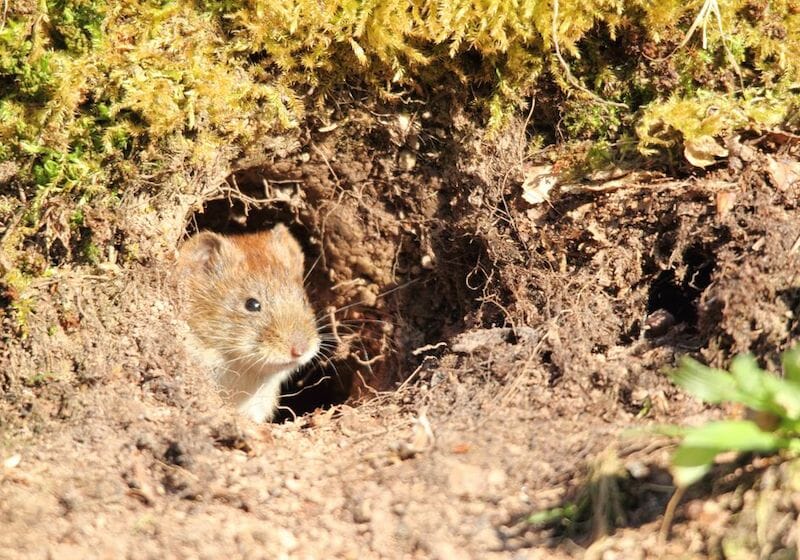Vole Control Tips to Protect Your Backyard and Gardens
Vole Control Tips to Protect Your Backyard and Gardens
Blog Article
Mastering Vole Insect Control: Extensive Insights on Problem Prevention and Treatment Techniques
By identifying the refined indicators of vole invasion early on, we can take aggressive steps to prevent prevalent damages. In this conversation, we will discover the nuances of vole habits, delve into the identification of infestation indications, and discover the most reliable prevention and treatment approaches.
Comprehending Vole Behavior
Taking a look at the foraging patterns of voles offers valuable understandings into their actions and habitat preferences. Voles, small rats looking like mice, are herbivores understood for their below ground tunneling activities. By observing their foraging actions, scientists can get a better understanding of where voles prefer to establish their habitats and the degree of their ecological effect. Voles are prolific breeders, with a single female with the ability of generating numerous trashes in a year, making it essential to comprehend their behavior for reliable insect control strategies.
Research study suggests that voles show selective feeding habits, liking seeds, origins, and roots. This dietary preference influences their foraging patterns, leading them to locations rich in plants and ground cover. Additionally, voles are understood to produce fancy tunnel systems for foraging and nesting objectives, showing a high degree of adaptability to their surroundings.
Comprehending vole actions is necessary for implementing targeted pest control actions that interrupt their environment preferences and foraging tasks (vole pest control). By studying their actions, professionals can develop a lot more effective prevention and therapy methods to manage vole problems

Identifying Indicators of Vole Invasion
Vole problems can be identified by recognizing certain signs of their visibility in a location. One of the most typical signs of a vole problem is the existence of surface runways.
Another key indicator of vole problem is the existence of small burrow openings in the ground. Voles dig shallow burrow systems with multiple entries and exits. These burrows serve as shelter and nesting sites for the voles. In addition, voles are known to leave chewed plant stems, origins, and bulbs near their burrow openings, suggesting their feeding task in the location.
Discovering these droppings along runways or near burrow openings can confirm a vole invasion. By being attentive for these signs, home owners can quickly deal with vole invasions and protect against additional damage.
Executing Positive Prevention Measures

In addition, utilizing all-natural vole deterrents like castor oil-based repellents or predator urine can work as effective safety nets. It is also recommended to regularly inspect outdoor areas for any indications of vole activity, such as paths or tunnel openings, to address prospective problems immediately. vole control utah. By adopting these positive prevention approaches, home owners can dramatically reduce the likelihood of vole damages and preserve the wellness and appearances of their landscapes
Reliable Therapy Methods
Incorporating targeted capturing approaches and making use of accepted rodenticides are essential elements of reliable therapy methods for handling vole invasions. Capturing can be an efficient way to reduce vole populations, specifically when positioned strategically in their active runways. Break catches and live catches can both be reliable, with the latter allowing for the capture and moving of voles. When utilizing rodenticides, it is critical to follow security guidelines to avoid damage to non-target animals and animals. Location rodenticides in secure bait stations to minimize threats to unexpected targets. Additionally, habitat modification, such as minimizing ground cover and getting rid of resources of food, can aid deter voles from infesting a location. Normal tracking and upkeep are also essential aspects of effective treatment techniques to make sure that vole populaces are kept under control. By integrating capturing, rodenticides, habitat alteration, and constant surveillance, effective vole pest control can be attained.
Surveillance and Maintenance Tips
Keeping a systematic schedule for tracking and performing routine maintenance activities is critical to maintain the effectiveness of vole pest control measures. Normal tracking allows for the very early detection of vole activity, making it possible for prompt intervention prior to invasions get worse. To properly keep an eye on vole populations, purposefully positioned traps can be utilized in vole paths or near burrow entrances. By frequently checking these catches, residential property owners can evaluate the extent of vole task and change control strategies appropriately.
In addition, maintaining a tidy and clean landscape is necessary in vole avoidance. Cleaning away particles, such as stacks of wood or dense plants, eliminates potential vole environments. Frequently cutting and mowing grass plants assists lower vole hiding places and reduces their accessibility to food resources.
Furthermore, recurring maintenance of physical barriers, such as fences or cable mesh, is vital to prevent vole breach. Evaluating and fixing any type of damages to these structures makes certain that vole control continues to be effective in safeguarding properties from infestations. By incorporating these surveillance and maintenance techniques into an extensive vole bug control strategy, people can properly manage vole populaces and shield their residential properties from damage.
Conclusion
Finally, grasping vole pest control requires a solid understanding of vole actions, the capacity to determine indicators of invasion, applying proactive prevention measures, effective treatment strategies, and regular monitoring and upkeep. By taking a detailed technique to vole control, people can properly handle and prevent problems, inevitably protecting their building and surrounding setting from damages brought on by these little rats.
In this conversation, we will explore the subtleties of vole habits, dive into the recognition of invasion indications, and discover the most reliable prevention and therapy methods.Integrating targeted trapping approaches and using approved rodenticides are vital parts of efficient treatment techniques for handling vole infestations. To effectively monitor vole populations, tactically positioned traps can be made use of in vole paths or near burrow entries. Examining and repairing any problems to these frameworks makes certain that vole control remains efficient in guarding homes from infestations. By integrating these monitoring and maintenance techniques into an extensive vole bug control strategy, people can properly take care of vole populaces and vole lawn damage safeguard their residential or commercial properties from damages.
Report this page